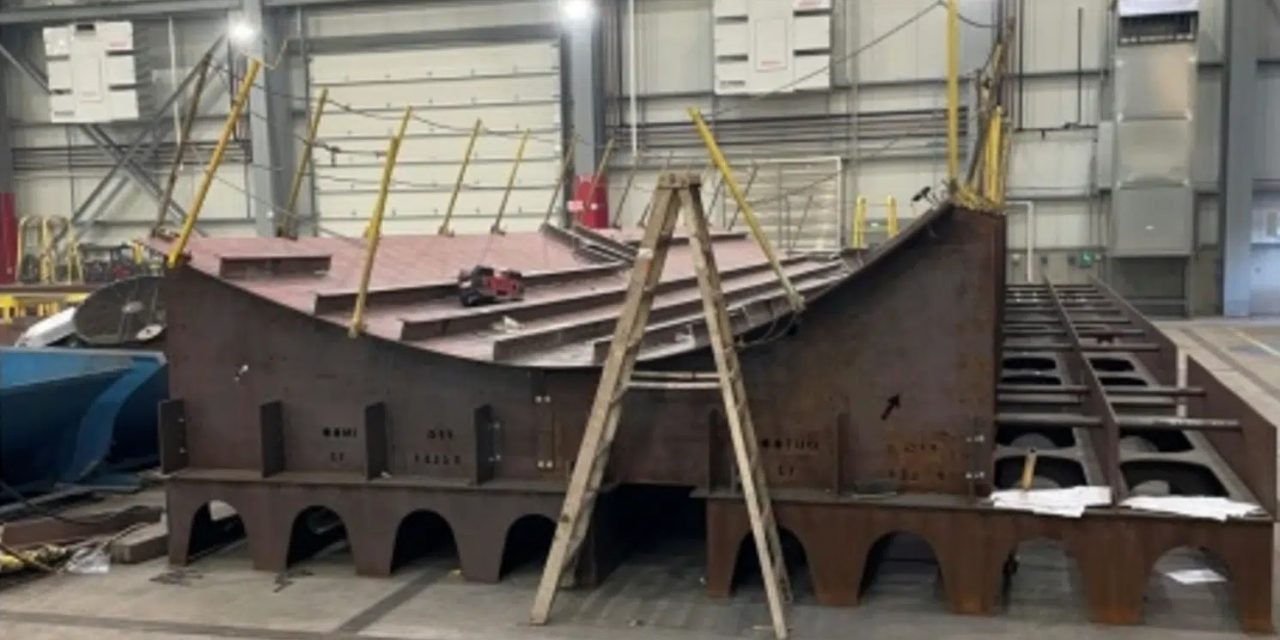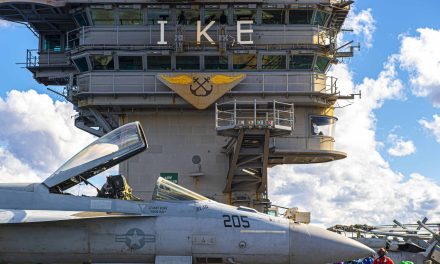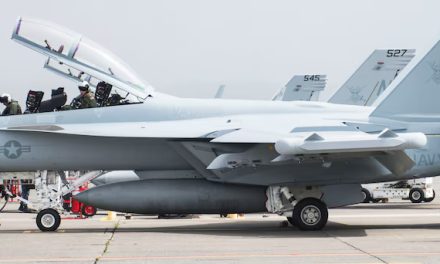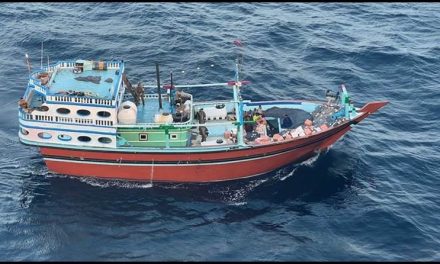Part of the keel of USS Constellation (FFG 62) at Fincantieri Marinette Marine. Credit: U.S. Navy
The Navy finally did what insiders have been whispering about for months: It killed the Constellation-class frigate program before the ships ever tasted saltwater.
Secretary of the Navy John Phelan broke the news Tuesday with a modern flourish—on social media—but the message was old-school blunt: the Navy is walking away from the class to build ships faster than the current system allows.
Translated: The Navy just walked away from a lemon.
Four planned hulls are dead. The first two—Constellation and Congress—will limp forward, mostly to keep the Fincantieri yards in Wisconsin from turning into a rust museum. As of this week, the lead ship is only 12 percent complete. Twelve. After years of work.
But here’s the part nobody in uniform will say into a microphone: the Constellation-class was doomed the minute the Navy tried to “Americanize” a European design. They picked the sleek Italian-French FREMM frigate—a proven ship—and then stuffed it with every requirement the Pentagon could bolt on without violating physics.
Want stronger survivability? Add it.
Want different combat systems? Sure.
Want power distribution upgrades? Why not.
Want every admiral’s wishlist item jammed into a hull never meant to carry it? Go ahead.
The shipyard didn’t stand a chance.
By the time the redesign circus stopped spinning, the first hull had slipped three years late and ballooned toward a $1.5 billion price tag. That’s not an “affordable frigate.” That’s a middleweight destroyer with identity issues.
Former Navy acquisition boss Nick Guertin said the quiet part out loud earlier this year:
“Sometimes you’re just better off designing a new ship.”
No kidding.
The SecNav Shows He Has a Spine
Credit where it’s due — Phelan didn’t flinch. Most appointees let broken programs limp forward because no one wants the political shrapnel. Canceling ships means angry congressmen, furious contractors, and admirals pounding desks like toddlers denied dessert.
But Phelan dropped the hammer anyway.
“We are reshaping how the Navy builds its fleet,” he said. “This is a strategic shift.”
Translation: We’re done throwing good money after bad.
Stop. Kill it. We’re done.
That takes guts. Congress hates cancellations. Contractors hate cancellations. Admirals really hate cancellations. The easy move is always to let the program wobble on, hoovering up billions until some later appointee inherits the wreck.
But he didn’t do the easy thing.
He did the right thing.
That doesn’t mean the fallout won’t sting. The shipyard in Marinette is going to feel this in its bones. Thousands of workers were counting on a steady pipeline of hulls to keep their families afloat. Now they’re staring at the same fear every shipbuilding town knows too well.
But the biggest blow isn’t to the yard.
It’s to the fleet.
One senior defense official was even more blunt:
“We need to grow the fleet faster to meet tomorrow’s threats.”
That’s Pentagon code for: China is building ships like toasters, and we’re out here reverse-engineering donor boats like we’re restoring antique Buicks.
Hegseth’s Doctrine: Speed or Die
This is all part of Defense Secretary Pete Hegseth’s new religion: speed. He’s been pounding the podium for months, warning that America’s war machine has become a slow, bloated relic.
“Speed to delivery is now our organizing principle,” he said on Nov. 7.
The Industrial Reality
Marinette Marine will stay afloat—barely. Keeping the first two frigates buys time while the Navy decides what to shove through the yard next. The shipyard still has four Multi-Mission Surface Combatants for Saudi Arabia and the final Freedom-class LCS to finish—a mixed blessing if ever there was one.
Fincantieri’s U.S. CEO, George Moutafis, put on a brave face:
The Navy will “channel work” into amphibious ships, icebreakers, special mission vessels — whatever keeps the lights on — while they figure out the next class of small combatants, manned or unmanned.
Translated from industrial polite-speak: Don’t kill our yard. Give us something — anything — to weld.
The Money Pit
The Navy has dropped about $2 billion into this floating headache, with $7.6 billion more appropriated by Congress. Now the service plans to beg Capitol Hill to let them redirect the unspent cash into ship types that can actually reach the water before the decade ends.
“Readily producible ships,” they call them.
Ships that float.
Ships that work.
Ships that show up on time — what a concept.
The Hard Truth
Retired officers who’ve watched this train wreck from the sidelines aren’t shocked. One former commander, speaking on background, said what many have said privately for months:
“Constellation should have been stopped two years ago, but no one wanted to take the political hit.”
Phelan took it. And judging by the early reaction, he’ll probably take a few more before the dust settles.
The Big Question
So now the Navy has a requirement for 73 small surface combatants, and only two half-built frigates that may or may not survive the next budget cycle.
What replaces the Constellation-class?
-
A new frigate designed from scratch?
-
A smaller, faster-to-build “streetfighter”-style corvette?
-
An unmanned escort fleet?
-
A hybrid modular combatant that doesn’t collapse under requirements bloat?
Right now, nobody knows.
Dumping a broken program is good leadership.
But the real test — the one that matters to sailors who’ll fight the next war — is simple:
Can the Navy finally build a warship on time, on budget, and without drowning it in wishful thinking?
Until they answer that, killing Constellation isn’t victory.
It’s just the first honest step.







